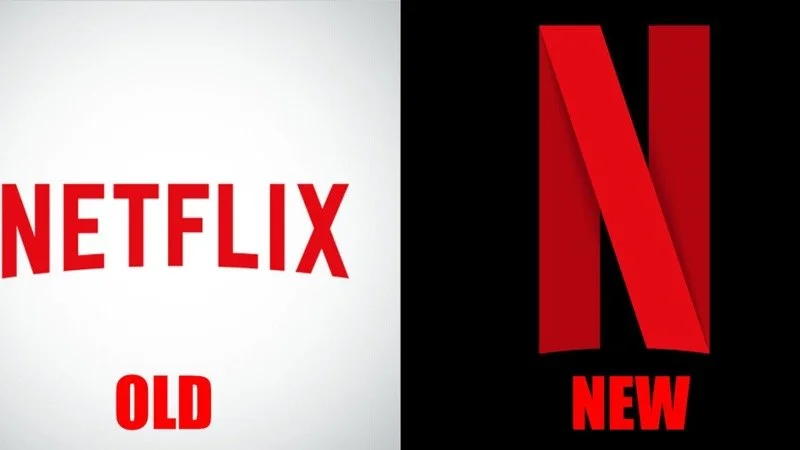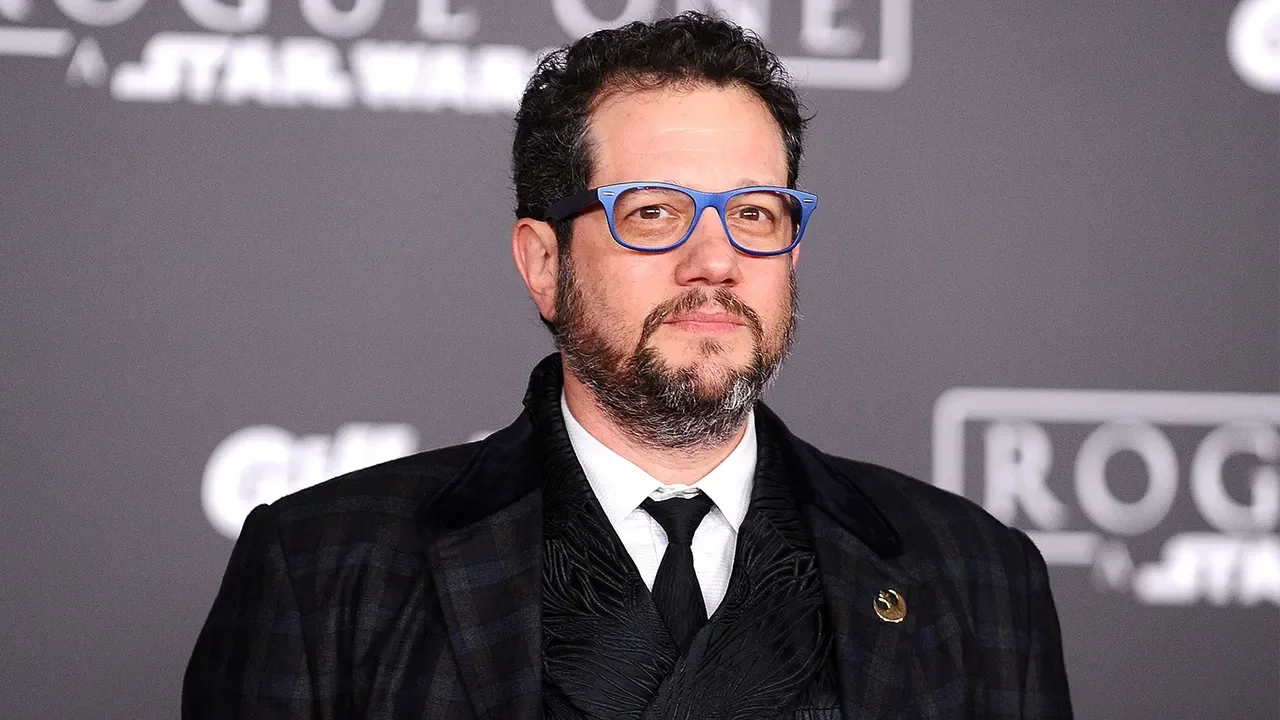Why Is The Streaming Model Not Working?
Image Source: YouTube
Why is it that the streaming model is not working in the digital world that we all live in? Great question. The short answer: mathematics. The long answer is a little more complicated. Streaming platforms have built massive libraries out of a borrowed-time philosophy. Companies such as Netflix, HBO Max, Disney+, Paramount+, Hulu, etc., have spent billions of dollars on the front end of their overall cost, whereas subscription fees have yet to come close to filling in the gaps, this leaves streaming companies almost upside down in the endeavor of streaming television and film to consumer’s homes.
There is no longer a relationship between ratings and rewards in modern streaming-centric television. And another apparent issue could be the value placed on quantity over quality. Networks appear to have abandoned tried and true strategies to embrace the invasive species that the digital model appears to be. Consumers are inundated with viewing options at their fingertips, more so than have ever been available before, yet with all the additional output of programming, the networks see less of a return on the investment, causing the trickle to lessen as it travels down the pike.
RELATED:
Netflix being the OG streamer on the block arguably single-handedly revolutionized the industry while simultaneously breaking the bank and doubling down on producing high quantities of content without regard to the lack of profitable results. In 2009 there were 210 scripted series on the scene. In 2022 that number jumped up by about 185% to 599. Despite growth in the number of subscribers, however, the production cost of these scripts appears to often outweigh the revenue earned. Take Producer, Shawn Ryan’s Netflix original, The Night Agent. It had 627 million viewing hours in the first four weeks from its debut. Ryan did the mathematics on what he should have earned for the work. “I had done the calculations. Half a billion hours is the equivalent of over 61 million people watching all ten episodes in 18 days. Those shows that air after the Super Bowl — it’s like having five or ten of them. So I asked my lawyer, ‘What does that mean?’ In my case, it means that I got paid what I got paid. I’ll get a little bonus when season two gets picked up and a nominal royalty fee for each additional episode that gets made. But if you think I’m going out and buying a private jet, you’re way, way off.”
Ryan elaborated further, “The promise was that if you made the company billions, you were going to get a lot of millions. That promise has gone away.” Comparatively, Ryan’s police procedural on FX, The Shield will out-earn The Night Agent despite less viewership. When looking at the contrast between the current streaming model and the old television model, the old model allowed for creators with larger viewership to earn higher advertisement rates, not to mention the fact that high-performing shows could earn more lucratively when offered syndication opportunities. Historically speaking streaming offers very few if any advertisements. Netflix has recently begun, however, offering commercials that have helped bring in much-needed additional revenue. Unfortunately, the platform also chose to take a hard stance on subscribers sharing their passwords which did not go over well. Additionally, Netflix axed many of its employees. Some of these policy changes needlessly led to the loss of subscribers causing the streamer to ultimately lose more money in the long run.
Image Source: TNW
Director, Steven Soderbergh explains the fiscal shift in the industry, “The entire industry has moved from a world of Newtonian economics into a world of quantum economics, where two things that seem to be in opposition can be true at the same time: You can have a massive hit on your platform, but it’s not actually doing anything to increase your platform’s revenue. It’s conceivable that the streaming subscription model is the crypto of the entertainment business.”
After Netflix demonstrated success, other networks wanted in. At this point, investors were sure profits would be on the horizon and blindly allowed not only Netflix to spend money that was not there but invited other heavy hitters in the industry to jump the shark without a life preserver to play along as well. Ten years in and no one on Wall Street suggested a bigger boat. Disney was the first to take notice. In 2017 CEO Bob Iger decided to pull Disney-owned material from Netflix to start their own streaming service, thus high-stakes competition in the supply and demand arena was born.
Image Source: PBS News
After that, other companies such as AT&T and Comcast chose to join the party. It didn’t take long for Apple and Amazon to follow suit either. The problem with the venture is that these companies spent billions of dollars on the front end without considering production costs concerning breaking even, let alone earning profits. Take Jeff Bezos paying a quarter of a billion dollars for example so that Prime Video could adapt The Lord of the Rings. As much as fans delight in such adaptations, the money on the front end to purchase the rights, plus the production cost, ultimately resulted in a loss rather than earning revenue.
Additionally, this model reduces the creatives such as writers and actors' earning potential for their work, hence one of many concerns associated with the current strike in Hollywood. A problem in mathematics rears its ugly head once again in terms of streamers' financial losses and the impact that streamer policies have on the livelihoods of their creatives on the bottom rungs of the power ladder. CEOs such as Bob Iger earn upwards of nine figures a year, whereas writers and actors often must hold second jobs and actively seek side hustles to survive. While writing staff are downsized, the workload remains the same, yet residuals from completed work have declined dramatically. Additionally, writers and actors face the very real threat of being replaced by and/or used by artificial intelligence programs, such as ChatGPT, and won’t see a dime of compensation for it.
Another theme change that has been seen is that TV seasons have decreased from twenty-two episodes to somewhere between six to ten episodes. Residual income was once a hallmark of financial survival for folks in the industry between shows. Once upon a time the cast and crew would earn a percentage of revenue from their work. Streaming changed this model. With the new era of entertainment at your fingertips, most writers and actors get paid a flat feel. This is regardless of how the show/movie performs, consequently, they do not see residual earning potential under the current regime in Hollywood. The impact of the strike on streamers will depend on how long it lasts. The longer it goes on the higher the risk of streamers losing the opportunity to produce new content, forcing these platforms to depend on their libraries alone in the interim.
In short, streaming is currently a broken system caused by many factors. Those factors include investors asleep at the wheel when streaming was in its earliest stages, poor mathematics overall, extreme policy changes, layoffs, budget cuts, and despite executive sentiment, the ongoing Hollywood strike. The truth is that streaming is not working. It may never have. The argument is that over time improvements can be made to aid in its success and to be sure that all the people involved receive fair and equal pay for their work.
READ NEXT:
Sources: Vulture, Screen Rant, CNBC















